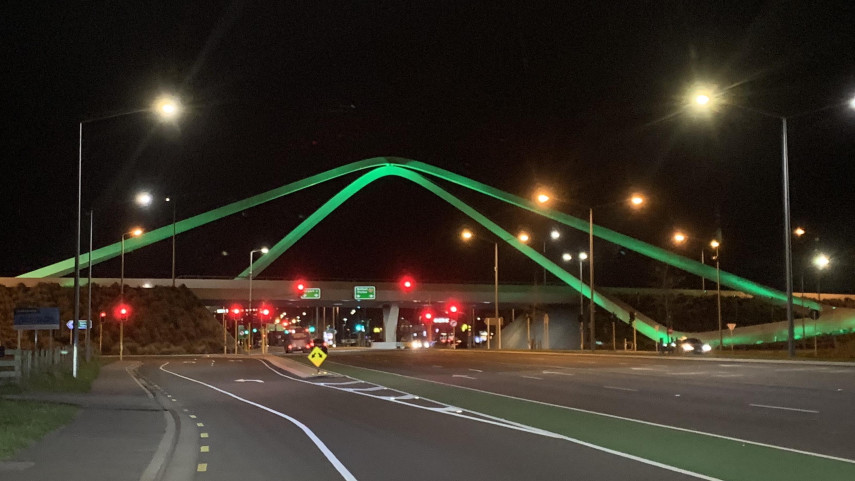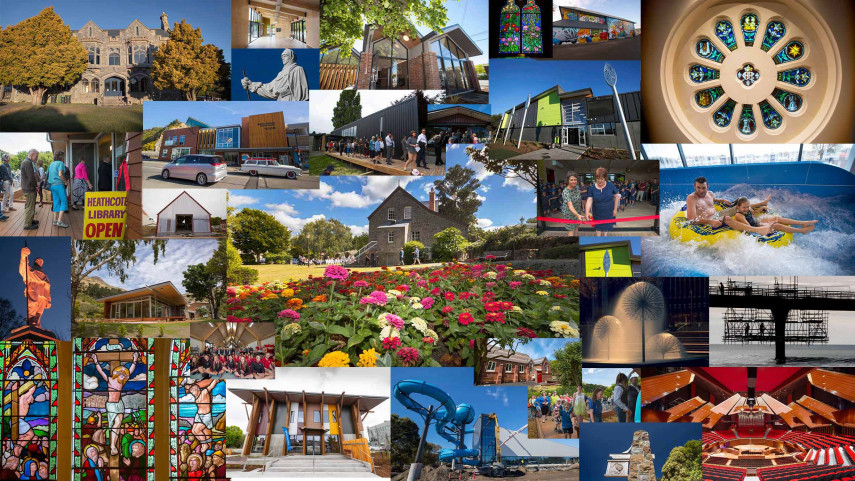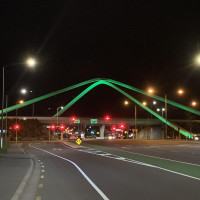
Christchurch’s $2.7b rebuild no pipe dream

Share this story
More than $2.7 billion worth of repairs and rebuilding has gone into restoring Christchurch’s battered horizontal infrastructure since the 2010-11 earthquakes.
Over the past three years, the Christchurch City Council has invested $572 million in improving transport and three waters infrastructure, building on the initial $2.22b spent over five-and-a-half years under the post-quake SCIRT (Stronger Christchurch Infrastructure Rebuild Team) programme.
SCIRT – a purpose-built organisation funded nationally, locally and through insurance – was initially responsible for rebuilding the publicly owned horizontal infrastructure of roads, retaining walls and bridges and the fresh water, wastewater and storm water networks.
Council City Services General Manager David Adamson describes the ongoing Christchurch rebuild and repair programme as a “remarkable feat of engineering and ingenuity”.
“Much of our work has involved extensive renewals, replacements and repairs to ageing underground networks often dating back to the 1800s under a complex rebuild and repair programme,” Mr Adamson says.
“The sheer scale of these multiple projects across the region has necessitated a diverse approach, supported by collaboration and innovation.
“While we are all aware of the new facilities and buildings popping up across Christchurch, just as much work has gone into those unseen utilities. Unfortunately, the repairs have a long tail and this tail is being added to by the never ceasing depreciation of these key assets.
“It’s important to note that many city sewers were built before the days of precast concrete pipes, utilising unreinforced brick, and have proved to be very costly to repair or replace.
“However, they were built with incredible precision and workmanship.”
Improvements have been integrated into the programme where, and when, applicable. For example, a core project in the Council wastewater strategy, the new Halswell sewer project, tops the “three waters” list at more than $6.2 million.
It has opened up 420 hectares to housing development, servicing 5212 houses and about 14,000 residents, and enabling recovery by providing more homes.
The project incorporates a new pressure sewer pipe, which is more than eight kilometres long, along with a new Sparks Road pump station. The new sewer can carry more than 3 million litres of wastewater per day.
Existing local stations have also undergone extensive upgrades as part of the repairs.
“Nearby road changes at the Halswell Road-Augustine Drive intersection – costing nearly $3.3m – have also greatly improved traffic flow and road safety in the city’s south-west, and ensured access to the Ngā Puna Wai sports hub,” Mr Adamson says.
Among the other major three waters projects are the Cranford (about $10.8m) and Upper Heathcote ($7.5m) storage basins; the $6.5m North Avon Road (Hills Road-North Parade) street renewal; the $4.8m Colombo Street trunk and Beckenham cross connection project; the $3m temporary chlorination; the $2.8m sub-main renewals; the $2.6m Cranford Street-Sherborne Street mains renewal; and the $2.4m Knights Drain (Wainoni Park).
“The Cranford Basin is a particularly critical part of the city’s storm water network, connecting the Avon and Styx River catchments,” Mr Adamson says.
“The work has greatly reduced the flood risk in the area while boosting storm water storage capacity.”
The flood risk was significantly affected by settlement caused during the earthquakes.
One of the biggest changes to the city’s horizontal infrastructure is the post-quake creation of an extensive cycleway network covering 13 individual – but connected – routes.
“Following the earthquakes, Christchurch residents had a big say in the city’s redevelopment and, for many, a cycle-friendly rebuild was top of the list,” Mr Adamson says.
“Cyclist numbers are powering up, with people enjoying the extensive safe network and the ease of biking to work, school, university or simply into the city.”
The Council’s completed cycleway projects include the $14.6m Quarryman's Trail (Hoon Hay Road to Roker Street-Strickland Street; the $7.7m Coastal Pathway sections; the $6.3m Rapanui - Shag Rock Cycleway (Aldwins Road to Dyers Road) and $3.9m Worcester Street to Linwood Avenue.



